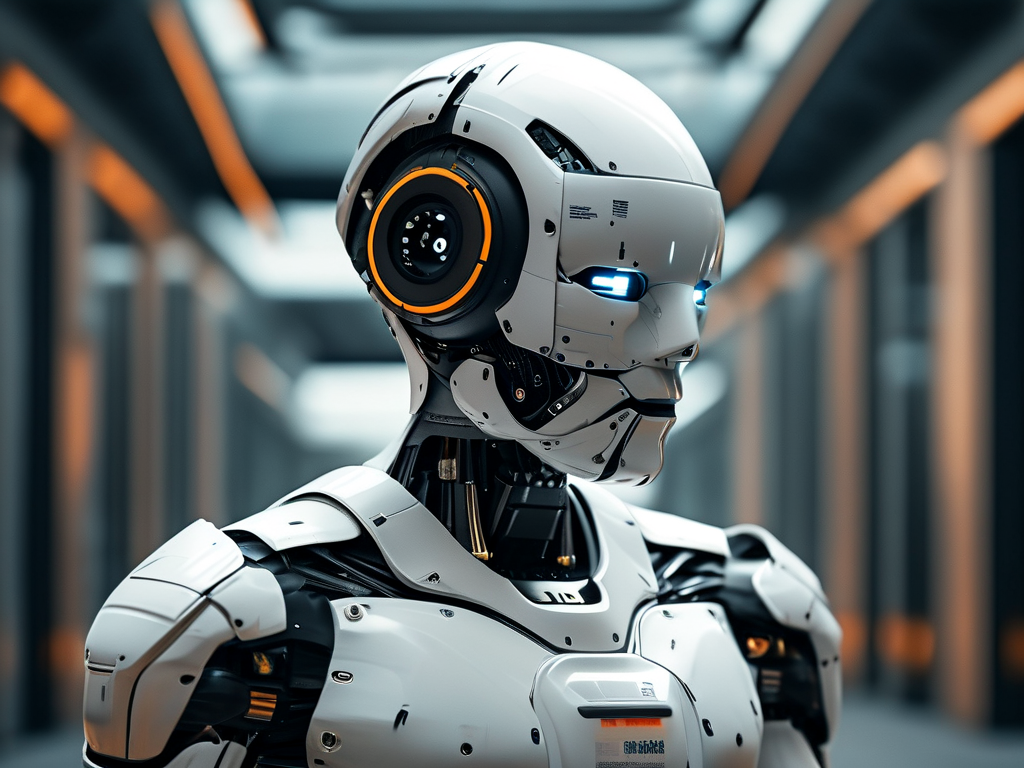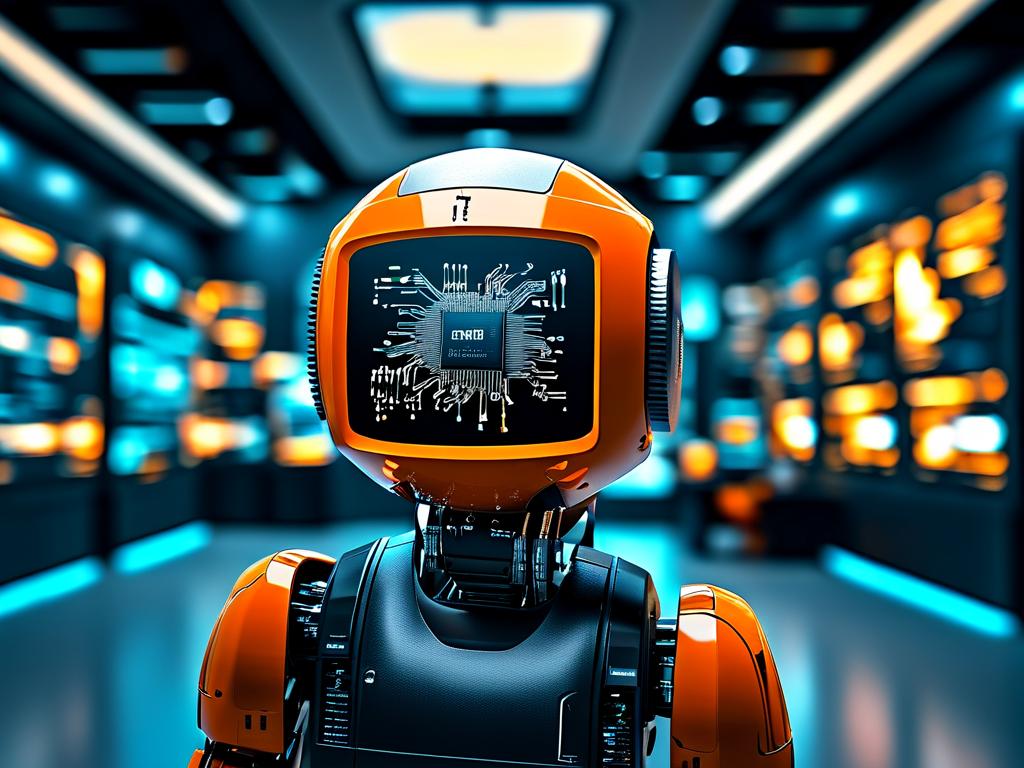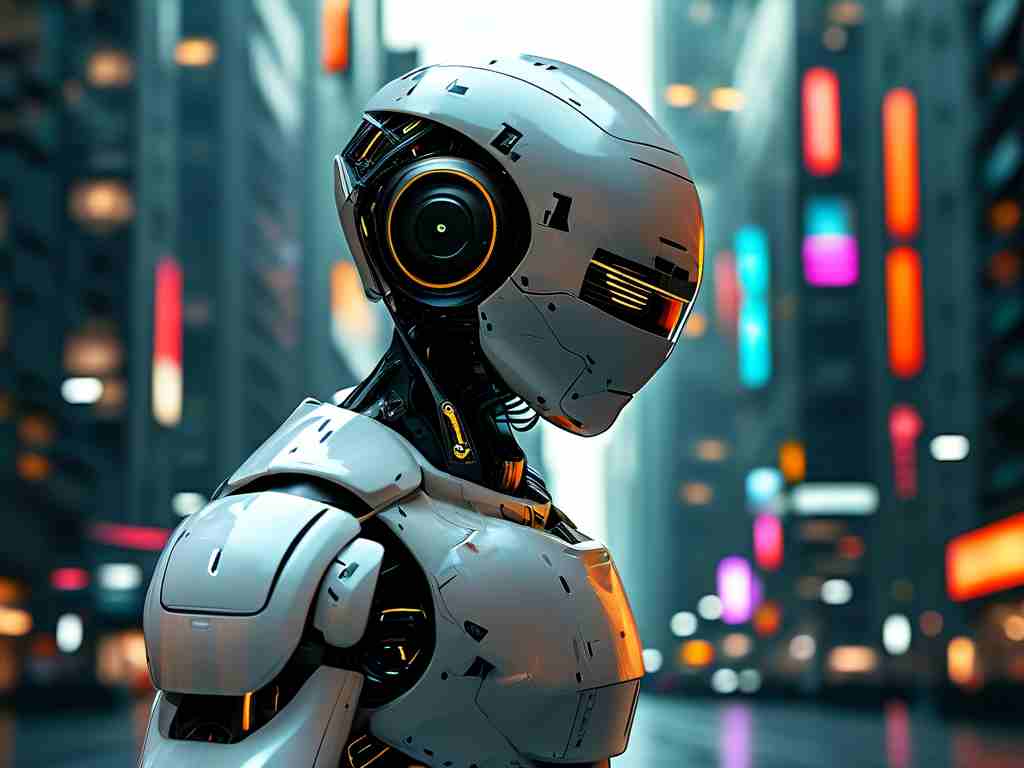The global robotics industry has entered an unprecedented phase of growth, with nations competing fiercely to dominate this transformative field. According to the International Federation of Robotics (IFR), over 3.5 million industrial robots were operational worldwide by 2023, a figure projected to double by 2030. This surge reflects not just technological advancement but also strategic national investments aimed at securing economic and geopolitical advantages.

Asia's Dominance in Industrial Automation
China, Japan, and South Korea collectively account for 65% of the world's industrial robot installations. China's "Made in China 2025" initiative has propelled it to the top spot, with Shanghai-based Siasun and Estun Robotics pioneering collaborative robots (cobots) capable of working alongside humans in electronics assembly lines. Meanwhile, Japan retains its legacy as the birthplace of modern robotics, with firms like Fanuc and Yaskawa Electric maintaining 40% of the global servo motor market. South Korea's Hyundai Robotics recently unveiled a dual-arm assembly robot with 0.02mm precision, now deployed in Samsung's semiconductor factories.
Europe's Focus on Specialized Applications
Germany's Industrie 4.0 strategy has positioned it as the European robotics powerhouse. KUKA AG, a Munich-based company, developed the first fully automated coffee barista system for commercial use, while Festo's BionicCobot mimics human arm movements for delicate laboratory tasks. Sweden's ABB leads in sustainable robotics, having created a solar-powered painting robot for Volvo's carbon-neutral production lines. Notably, Switzerland's ETH Zurich has made breakthroughs in soft robotics, with its origami-inspired grippers revolutionizing fruit-picking automation.
North America's AI-Driven Innovation
The United States dominates service and medical robotics, fueled by AI research from institutions like MIT and Stanford. Boston Dynamics' Spot robot has been adapted for offshore oil rig inspections, reducing human risk in hazardous environments. Intuitive Surgical's da Vinci system now assists in 1.2 million annual procedures worldwide. Canada's Sanctuary AI recently deployed humanoid robots in retail, capable of folding clothes and managing inventory through computer vision.
Emerging Players and Ethical Challenges
Singapore has emerged as a dark horse, with its Robotics Innovation Centre developing swarm robots for urban farming. Israel's autonomous security robots, like Roboteam's PROBOT, patrol high-risk areas using thermal imaging. However, this rapid growth raises concerns. The World Economic Forum's 2023 report highlighted that 23% of manufacturing jobs could be displaced by 2030, necessitating global standards for human-robot collaboration.
The Road Ahead
Three key trends are reshaping the landscape:
- Edge Computing Integration: Robots now process data locally through NVIDIA's Jetson modules, enabling real-time decision-making without cloud dependency.
- Neuromorphic Chips: Intel's Loihi 2 processors allow robots to learn from experience like biological systems.
- Quantum-Resistant Security: With rising cyberattack risks, companies like Cisco are implementing lattice-based cryptography in robotic networks.
As nations jockey for position in this US$217 billion industry, the true measure of success lies not in sheer robot numbers but in creating ecosystems where humans and machines coexist productively. The next decade will likely see robotics redefine everything from healthcare delivery to climate solutions, making international cooperation as crucial as competition.









